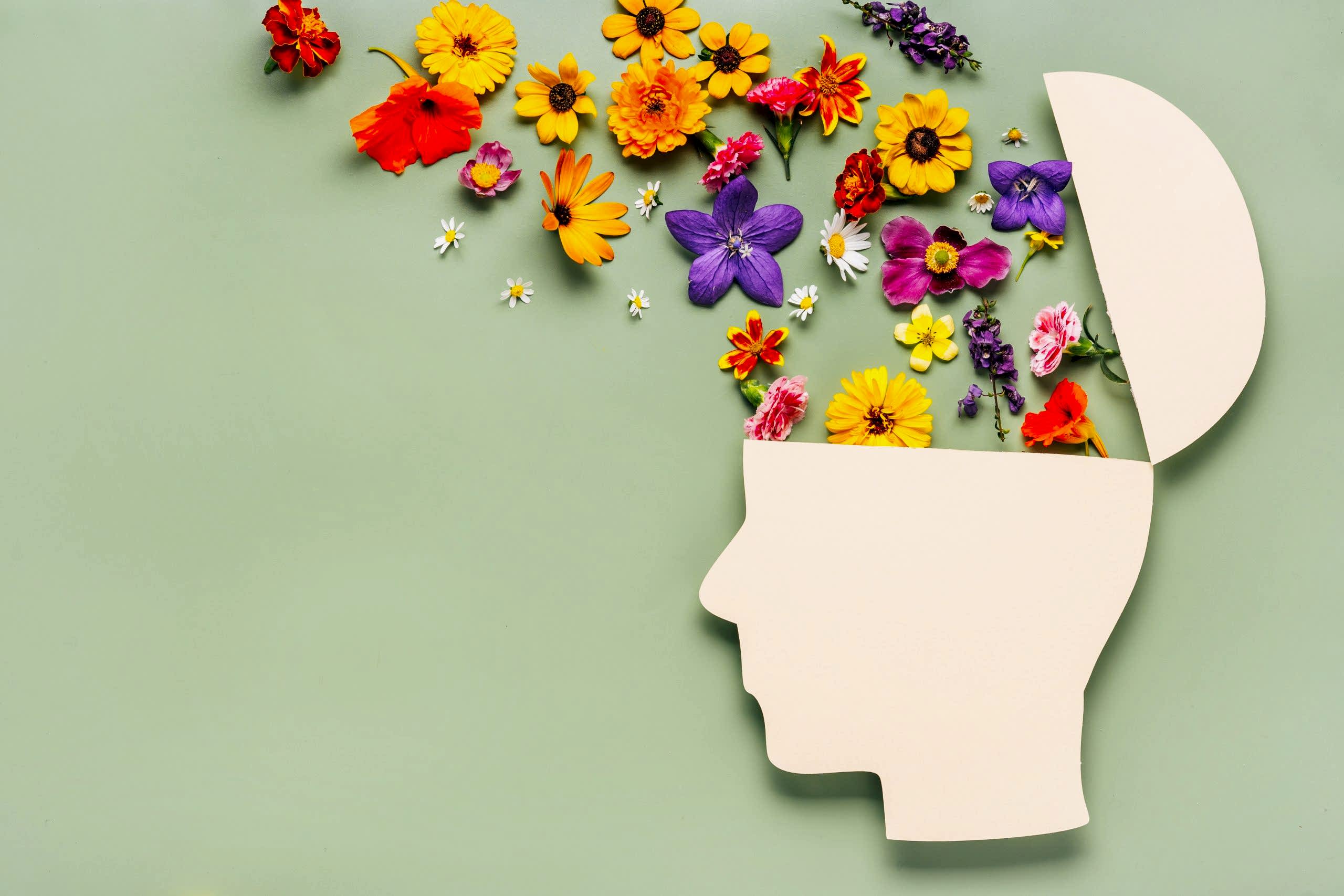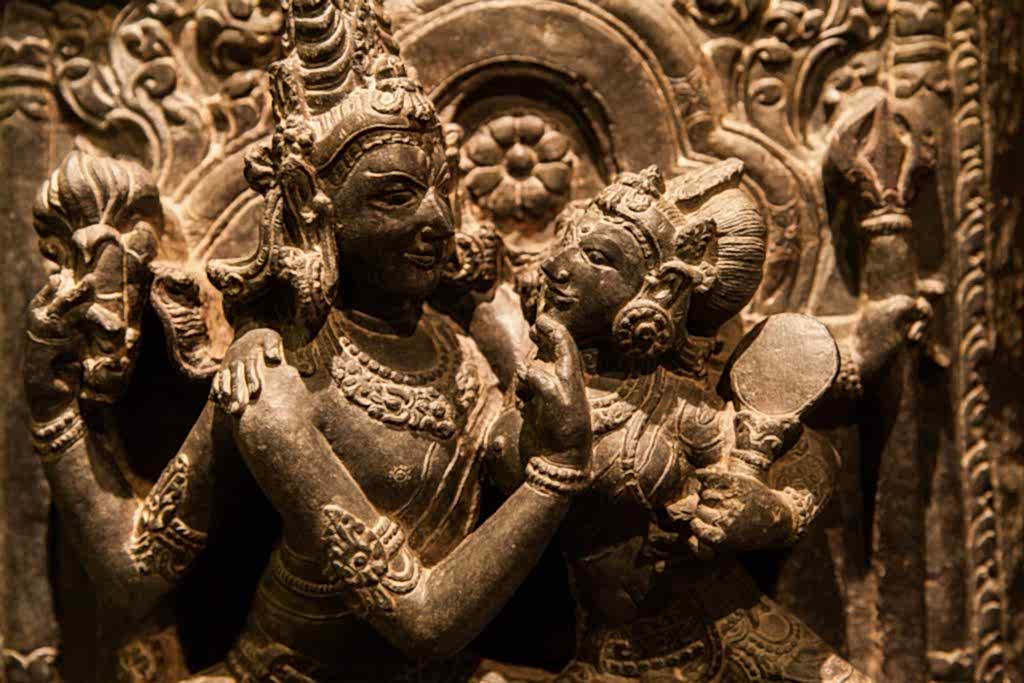This blog is about:
- Emotional Intelligence
- Survival mechanism – fight or flight mode
- Unconcious patterns
- Conscious control
- Blending psychology and spirituality
- Neither suppression or indulgence
- Meditation, therapy and embodied awareness
- Deeper understanding
- Acceptance and transformation
Emotions are at the very core of human existence. They inform our decisions, shape our relationships, and profoundly influence how we navigate the world. Yet, despite their central role, emotions often remain misunderstood—a chaotic blend of unconscious reactions that can lead to unnecessary suffering. For decades, I have worked as a yoga teacher and psychologist, blending spiritual insights with psychological understanding to uncover the transformative potential hidden within emotions. This article explores what emotions are, how they work, and how we can master them to cultivate deeper awareness, intimacy, and freedom.

What Are Emotions?
At their essence, emotions are mechanisms designed to help us adapt to life’s challenges. The Zurich University department of Psychology, one of whose specialties is the study of emotions, defines them as “preparations for action.” Emotions prepare our minds and bodies to respond to various situations. For example, fear alerts us to potential dangers, triggering the fight-or-flight response to keep us safe. Anger motivates us to confront injustices and assert boundaries, while sadness reflects our capacity to love and connect deeply.
Interestingly, emotions do not always arise from objective reality; rather, they often stem from our perceptions of situations. Imagine a hunter-gatherer sleeping alone in a forest, their anxiety keeping them vigilant against predators. This response was essential for survival. Yet, in today’s world, that same instinct may manifest as sleeplessness over trivial worries, such as meeting deadlines and what people think about us. This mismatch between ancient emotional responses and modern triggers can cause unnecessary stress and suffering.
The Problem of Unconscious Emotional Responses
For most people, emotional responses are automatic, unconscious, and often maladaptive. Take anger, for example. While it might arise naturally in a crisis, societal norms frequently discourage its open expression. As a result, many suppress their anger, which does not simply vanish but instead festers, manifesting as physical tension, frustration, or even illness.
Similarly, anxiety once served as a survival mechanism, heightening alertness in genuinely dangerous situations. However, in the modern world, this same response often activates inappropriately, leading us to waste precious time and energy worrying about non-life-threatening concerns, even in environments where we are completely safe.
Unconscious handling of emotions—whether through suppression or indulgence—keeps us trapped in patterns of suffering. The key to breaking free lies in reclaiming conscious control over our emotions.

Reclaiming Emotional Control
The first step to reclaiming control is awareness. Becoming conscious of our emotions as they arise allows us to engage with them instead of being overrun. For example, when anxiety surfaces, it’s crucial to dive into it, to feel its physical presence and understand its roots. This might involve realizing, “I’m anxious because I feel socially isolated,” or, “I’m worried about financial challenges.” Once we name and embrace these feelings, they often lose their overwhelming power.
This process is not about suppressing emotions or indulging them. Both suppression and indulgence are unhelpful extremes. Suppression denies the emotion’s existence, while indulgence allows it to control us. Instead, we can consciously observe and dissect emotions.
For instance, sadness can be broken into components. If it stems from longing, that longing can be embraced as a deep, authentic desire. On the other hand, sadness mixed with hopelessness needs discernment; we should not feed the hopelessness. By embracing the positive core and discarding the unhelpful parts, we allow emotions to fulfil their adaptive purposes.
Embracing the Positive Core of Emotions
In Tantra, the approach to emotions is transformative. Tantra teaches us to extract the essence of every experience and let go of its unnecessary aspects. Emotions, when observed and broken down into their components, reveal a positive core. Fear arises to protect what is valuable. Anger emerges to correct injustices. Sadness can highlight what we truly cherish.
Through meditation and awareness, we can hold emotions consciously, allowing their wisdom to surface. Instead of fighting the negative elements, we gently set them aside and give life to the positive components. This process, central to emotional healing, creates a harmonious integration of these energies.

The Origins of Emotional Patterns
Many emotional patterns are rooted in both innate tendencies and learned behaviours. As children, we unconsciously absorb emotional responses from our surroundings—parents, peers, and cultural norms. For instance, I noticed that my own anger mirrored my father’s: quiet, suppressed, and avoiding confrontation. Over time, these inherited patterns become ingrained, shaping how we respond to life’s challenges.
These learned behaviours form what we can name the “pseudo-self.” This layer of reactive habits often obscures our authentic essence. Emotional wisdom involves peeling back these layers to reconnect with our true self—the soul or “healthy self”—that generates emotions authentically and in alignment with our deeper values.
Connecting Emotions to the Body
The journey to emotional healing starts in the body. Every emotion manifests physically before it becomes a mental concept. For instance, sadness often feels like a weight in the chest or a lump in the throat. Anger may create tension in the jaw or stomach, while fear might resonate in the belly or pelvic area. These bodily sensations are the raw reality of emotions, free from the intellectual filters and narratives we later attach to them.
When we label emotions with words like “sadness” or “anger,” we risk losing touch with their raw essence. Words are approximations, but the true experience lies in the body’s sensations. By shifting focus from abstract labels to the body’s felt experience, we engage more directly with emotions. This practice—rooted in embodied awareness—helps us transform emotions at their source rather than merely analysing them from a distance.
Blending Psychology and Spirituality
For over two decades, I have explored both psychology and spirituality, integrating these disciplines in my teaching and therapeutic work. Silent retreats, where I spent weeks confronting emotions without distractions, have been especially transformative. During these periods of deep introspection, I confronted emotions in their rawest form, learning to navigate them with clarity and compassion.
People often come to me overwhelmed by emotions they’ve ignored for years. For example, someone struggling with anxiety might describe it as a vague unease. By guiding them to locate the sensation in their body, they connect directly with the emotion. This simple shift often brings profound relief, revealing the “factory” behind their emotions rather than merely addressing the “products” of anxiety, anger, or sadness.
My Personal Journey
I’d like to share two personal experiences that highlight my own emotional alchemy:
Healing Guilt
For much of my life, guilt was a constant companion. I often felt I wasn’t doing enough or wasn’t good enough. During a winter retreat years ago, I was doing a meditation to heal guilt, over the course of 21 days. One day, after oversleeping and missing part of my practice, I felt a familiar wave of self-recrimination. But as I walked through the snow that evening, I had a realization that came to me in a flash: guilt was my way of motivating self-improvement. However, I didn’t need to punish myself to grow.
This insight reduced my guilt significantly. While it still appears occasionally in other areas, the clarity of that moment transformed my relationship with it. I learned to embrace the constructive aspect of guilt while discarding its punitive elements.
Confronting Anger
Anger was another emotion I struggled with for years. Suppressed anger manifested physically as ulcers and emotionally as frustration. Through therapy and self-reflection, I learned to recognize and express my anger healthily.
I discovered that much of my anger stemmed from self-importance—the belief that my goals were more significant than others’. By addressing this underlying egoism, I gradually released my anger. Over time, the ulcers healed, and my relationships improved. The process took years and remains ongoing, but it has profoundly shifted my inner landscape.
Masculine and Feminine Dynamics in Emotional Wisdom
Emotions often play out differently in men and women due to biological and cultural influences. Men, conditioned to suppress emotions, may struggle to connect with their emotional depth. While suppression can be helpful in crises, it becomes harmful when it blocks intimacy and self-awareness.
Women, on the other hand, often experience emotions more intensely. This heightened sensitivity is a gift but can lead to overwhelm or manipulation if not balanced with responsibility.
In relationships, these dynamics can complement each other. Men can offer detachment and clarity, while women can teach sensitivity and depth. Recognizing these differences fosters mutual growth and understanding.

The Transformative Power of Suffering
Suffering, when approached with awareness, holds immense transformative power. Emotional pain is not something to avoid or suppress—it is a gateway to growth. By sitting with our suffering without judgment, we allow it to unfold and reveal its wisdom.
For example, many spiritual practitioners embrace intense practices, such as meditating in extreme conditions, to transform their relationship with discomfort. While most of us do not need such extremes, the principle remains the same: embracing pain fosters resilience and inner strength.

Conclusion
Becoming emotionally wiser is a journey of awareness, acceptance, and transformation. By embracing the positive core of emotions and releasing their destructive elements, we align with our authentic selves. This journey, while challenging, opens the door to deeper intimacy, freedom, and joy.
Through practices such as meditation, therapy, and embodied awareness, we can transform our emotional lives, unlocking the wisdom within. In doing so, emotions become our allies—guiding us toward growth, healing, and a fuller experience of life.












